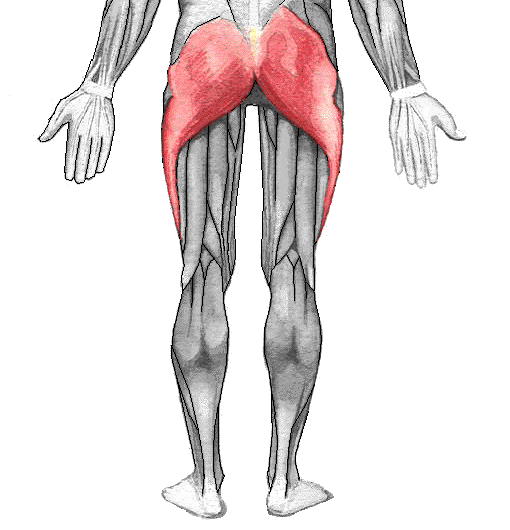Hey guys!
This is based off the Functional Movement Systems (FMS) and yes the video links take you to Gray Cook, founder of FMS, giving instruction and it’s not me—I thought, why re-create something that’s already so good? Plus you can get my commentary and tips in the writeup below. The biggest take-home message is that half-kneeling exercises are super effective for proper glute activation and pelvic alignment, two areas where many of us suffer, and these exercises are especially applicable for endurance athletes.
We know that there are typical “problem areas” in athletes mainly general tightness and lack of mobility or stability in:
- T-spine (mid back)
- Hips (including glute weakness)
- Ankles
When one or all of those three areas are dysfunctional, this lead to issues in other areas: shoulder girdle, lumbar spine, knees, feet, etc.
This routine is one step in the right direction for better 1) awareness, 2) making corrections, and 3) getting stronger and faster.
Kneeling Mobility Routine
Before you get going, take note of these important cues I have for you:
- Job #1: It’s all about the BREATH and BREATHING. No holding your breath and no shallow chest breathing.
- Routines like this one are great for warmups; they are easier than most other exercises and “complicated patterns” like sport.
- Comparable and just as effective as foam rolling AS LONG AS good breathing is there!
- We want to know how pelvis, T-spine, and shoulder girdle interact and move together (or lack of movement); make note.
- Don’t go further than you can control your motion (if you go beyond control you lose stability = danger); ease into over time, don’t force it.
- The powerhouse muscles in all of these movements are your GLUTES!
- Maintain a NEUTRAL pelvis (no excessive anterior or posterior tilt)
- Note any restrictions or differences in mobility and stability from head to toe (neck, shoulders, core, hips, ankles, etc. on either side). It’s important to note limitations on one side vs the other.
- Alignment is key.
- Note any cramping/excessive tightness (this is restriction in mobility).
Part 1) Tall-kneeling
Watch the FMS video here.
Setup:
- Take a tall-kneel position, knees slightly out, with lower legs rotated slightly inward out
- Feet are plantar-flexed and you cannot be propped on toes
- Push hips totally forward (extension!)
- Glutes, hammys and hips turned on
Set 1: Hold a KB between thighs, shoulders packed no tension in traps
Movements:
- Simply stand tall, don’t get shorter, don’t slouch, don’t dump shoulders forward*
- Twist head at neck, R/L
- Twist head and shoulders, R/L
- Twist at T-spine and bring KB around body to rear of leg, R/L
Set 2: Hold KB from behind, palms facing away
Movements:
- Simply stand tall, don’t get shorter, don’t slouch, don’t dump shoulders forward*
- Twist head at neck, R/L
- Twist head and shoulders, R/L
- Twist at T-spine and bring KB around body to rear of leg, R/L
Part 2) Half-kneeling
Watch the FMS video here.
Setup:
- Start in half -kneel, and bring KB to leg that will stay in kneeling position (side where knee stays planted on ground) and hold weight at side.
- Lift the other foot up and rotate toes and knees out to the side so they are pointing away from body; the foot should be perpendicular to opposite kneeling knee (minute 3:00 on video).
- Don’t let the knee cave in!
- On kneeling side: knee is directly below hips, lower leg is turned slightly inward (femur laterally rotated); lower leg does not swing out/away from body (that’s cheating).
- Torso upright.
- Transition KB from side to either in front or behind at body’s midline/between legs, whatever feels better.
- KB behind means more work on core, and also requires more mobility.
- KB in front is “easier”.
Movements:
- 1) Ankle leans R/L, lean into ankle of leg facing away from body (bend at ankle)
- 2) Shift foot farther away from body so knee is beyond 90 degrees and repeat ankle leans, this targets the groin.
- 3) Bonus: T spine rotations, etc.
*Dumping shoulders forward? Do this exercise: Half Turkish Get-ups (see full instruction… or just a video demo)
To view the full FMS article and videos click here.

